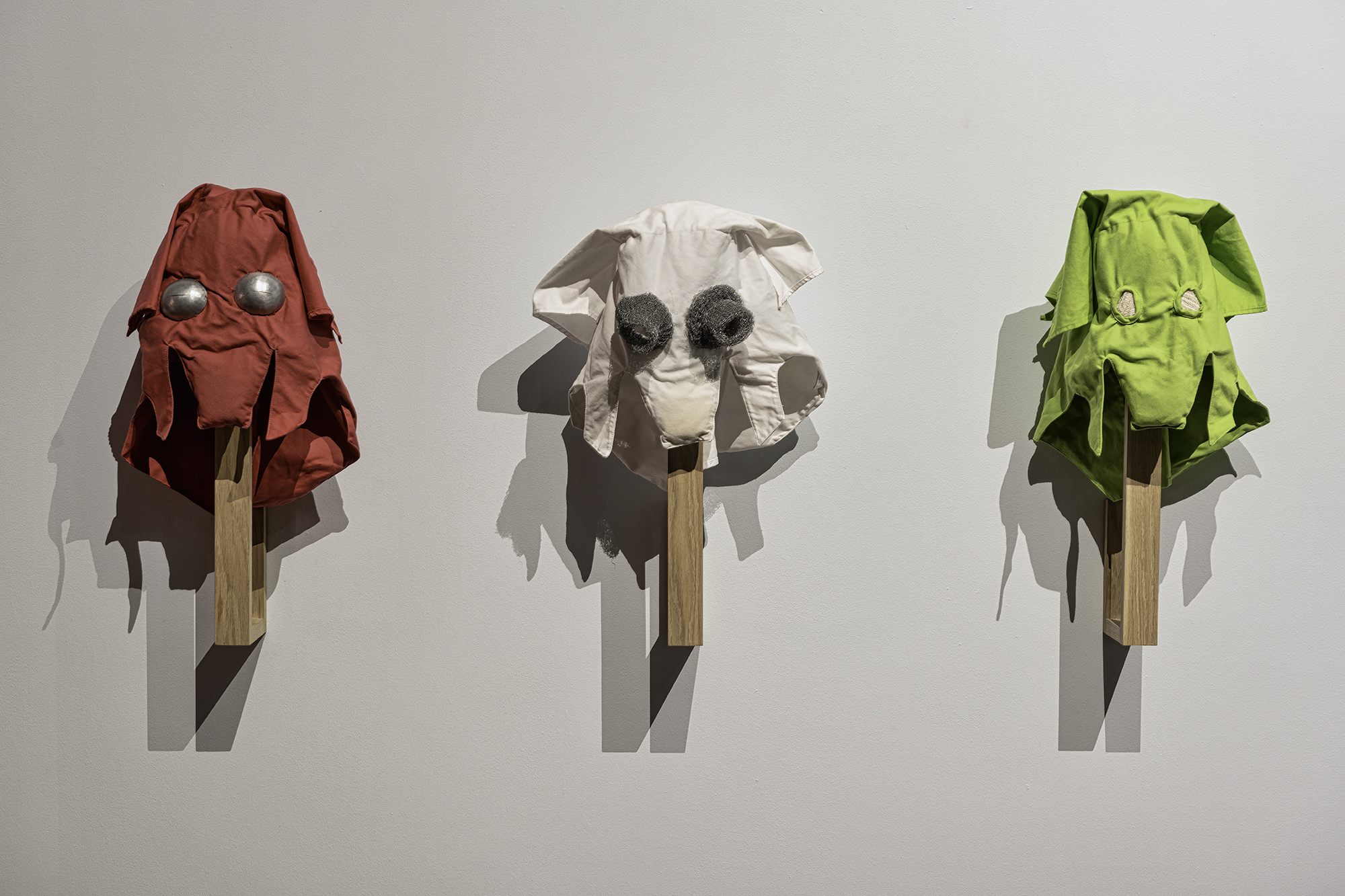How are we to understand the time we are living in? This essay is written in the present tense about a tense present. The present is indeed tense! It is Marked by racial injustice, fraught debates about identity, and a global pandemic.
W.J.T Mitchell, Present Tense: Time, Madness and Democracy.
We can speculate on the relay of our common activity, make a circle round our errant roots. Dancing is what we make of falling. Music is what we make of music’s absence, the real presence making music underneath. I’m exhausted so my soul is rested.
Fred Moten, The Little Edges.
Liminal Identities in the Global South (LIGS) forms part of Joburg Contemporary Art Foundation’s (JCAF) first research theme: Female Identities in the Global South. The exhibition is the second of three in this theme and explores hybridity and resistance in the artistic practices of seminal women artists from Latin America, alongside artists from the MENA region (Middle East/North Africa), the African diaspora and South Africa.
This exploration takes shape through a consideration of heterogeneous forms of expression across art, architecture and music, from the 1960s to the present.
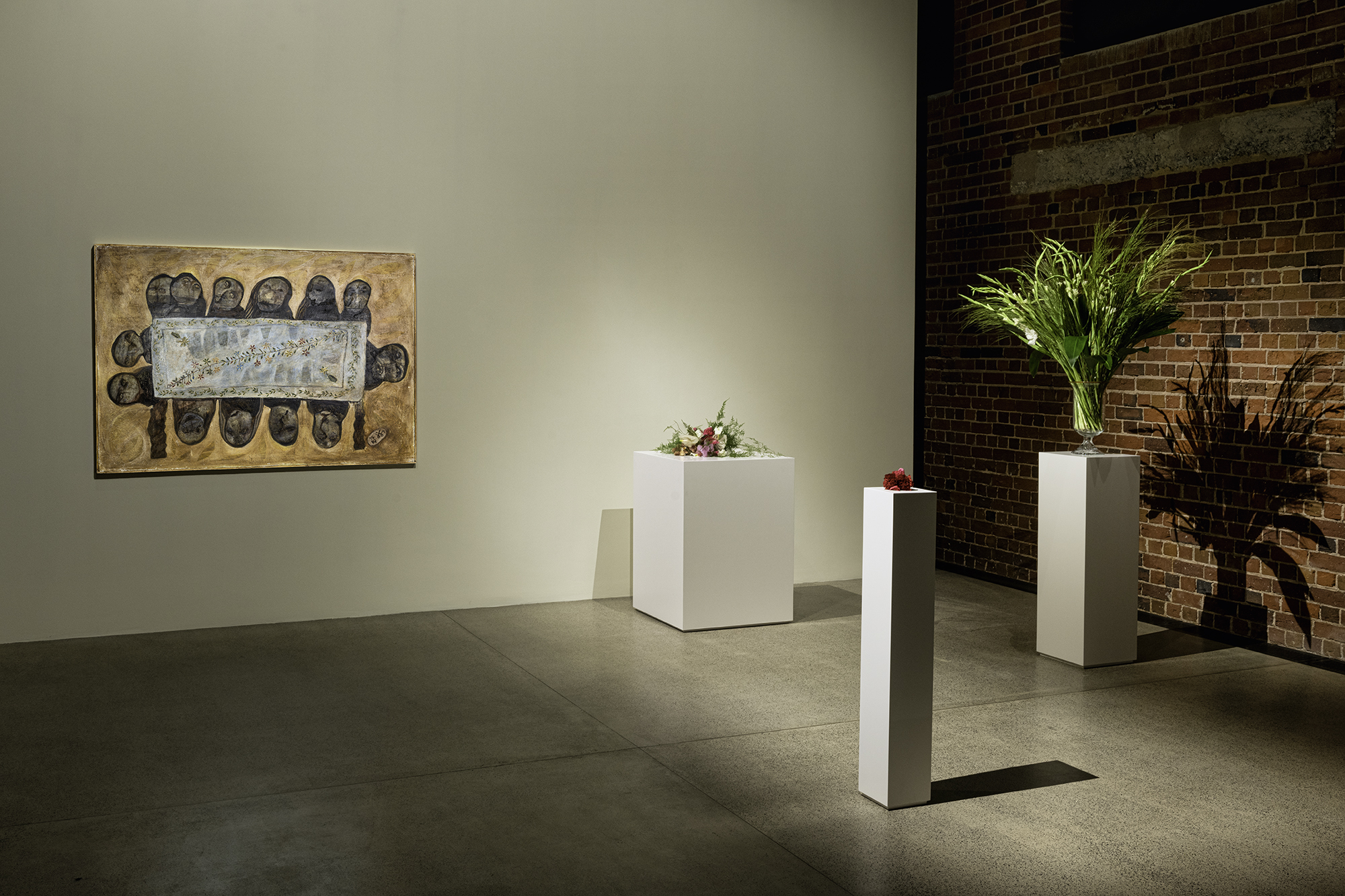
Installation view of Movement II, from left: Kamala Ibrahim Ishag, The Dinner Table with embroidered cloth (1974), Kapwani Kiwanga, Flowers for Africa: showing Nigeria (2014), Tunisia (2015), and Ivory Coast (2014).
The exhibition’s seemingly straightforward artistic, methodological and thematic explorations are complicated; muddled and made hazy by its second — more implicit — curatorial thread, that of the pandemic body.
The pandemic body; as an event; as a state of being; as a disruption to what was once thought of as normalcy, placed many of us — on individual and collective levels — in states of limbo or liminality.
Caught between a pre-Covid-19 world, a tense present, and imagined futures we wait in bated breaths of isolation for.
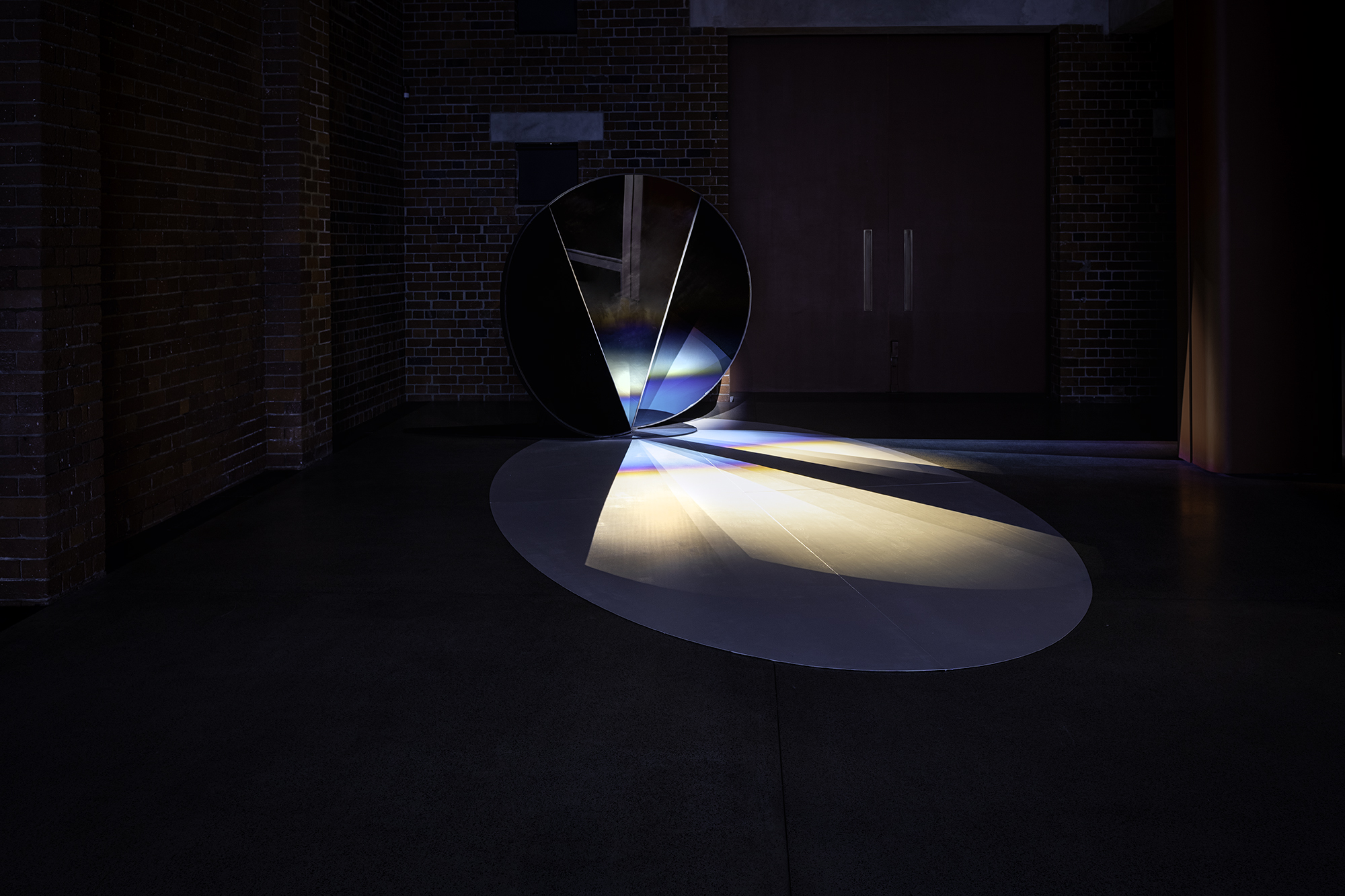
Installation view of Movement III, showing Sumayya Vally/Counterspace, After Image (2021).
liminal
/ˈlɪmɪn(ə)l/
adjective
- relating to a transitional or initial stage of a process.
- occupying a position at, or on both sides of, a boundary or threshold.
Liminality, as a concept was introduced into the field of anthropology in 1909 by Arnold van Gennep in his work Les Rites de Passage. Van Gennep described the rite of passage — such as coming-of-age-rituals and marriage — as having the following three-part structure: separation, the liminal period and re-assimilation.
A person grieving can be considered to be going through this pattern. She feels the loss, then is inducted into the liminal transition period and finally re-assimilates into society.
Femmeness, being made girl in corrosive contact with a hetero-patriarchal world, as a liminal identity;
Ecotone, learning to be comfortable with the quivering tension of the in-between, as state of liminality;
The Historical fact of Global Southness as a liminal identity;
And Grief as an embodied event/state of liminality.
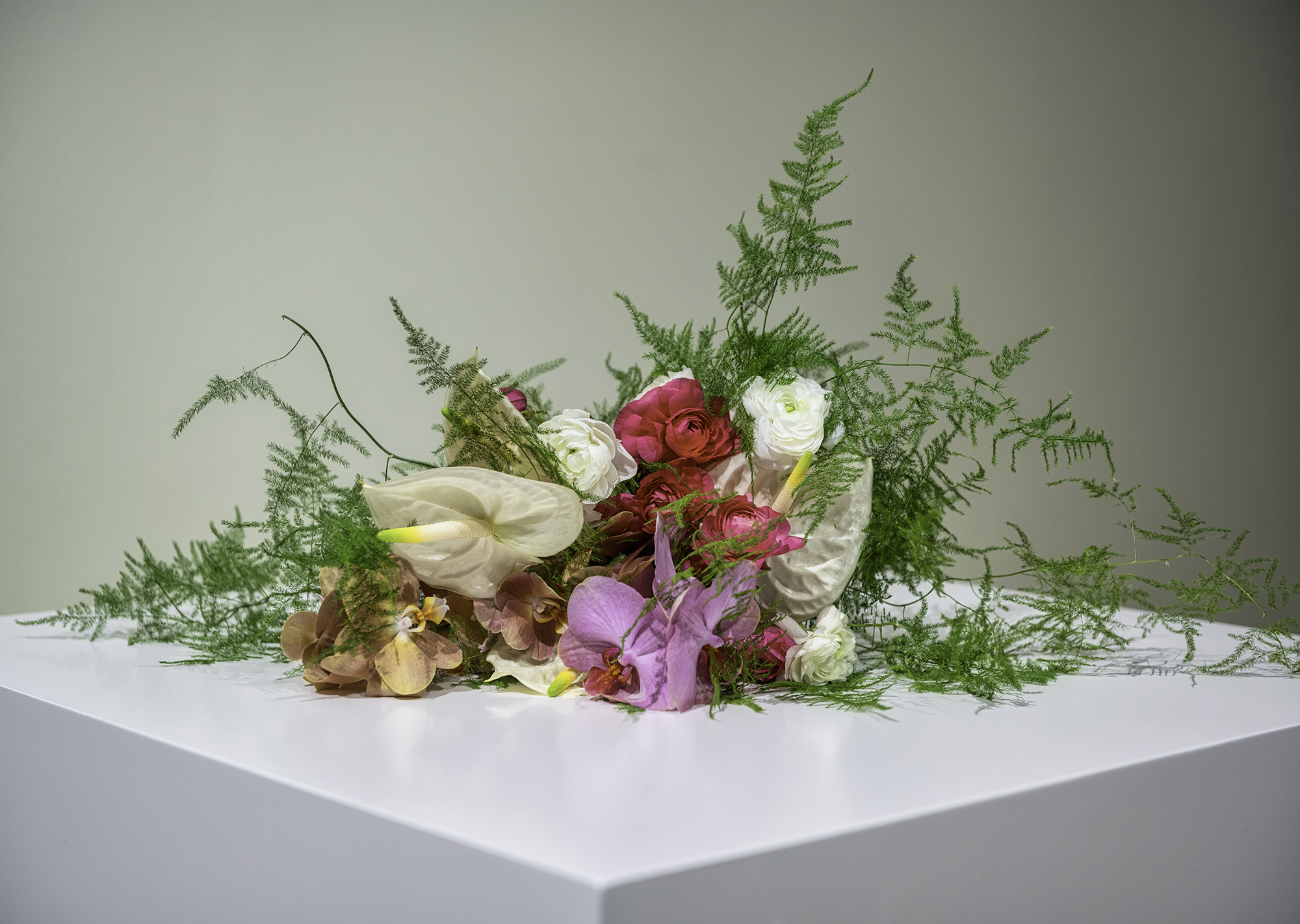
Installation view of Kapwani Kiwanga, Flowers for Africa: Nigeria (2014).
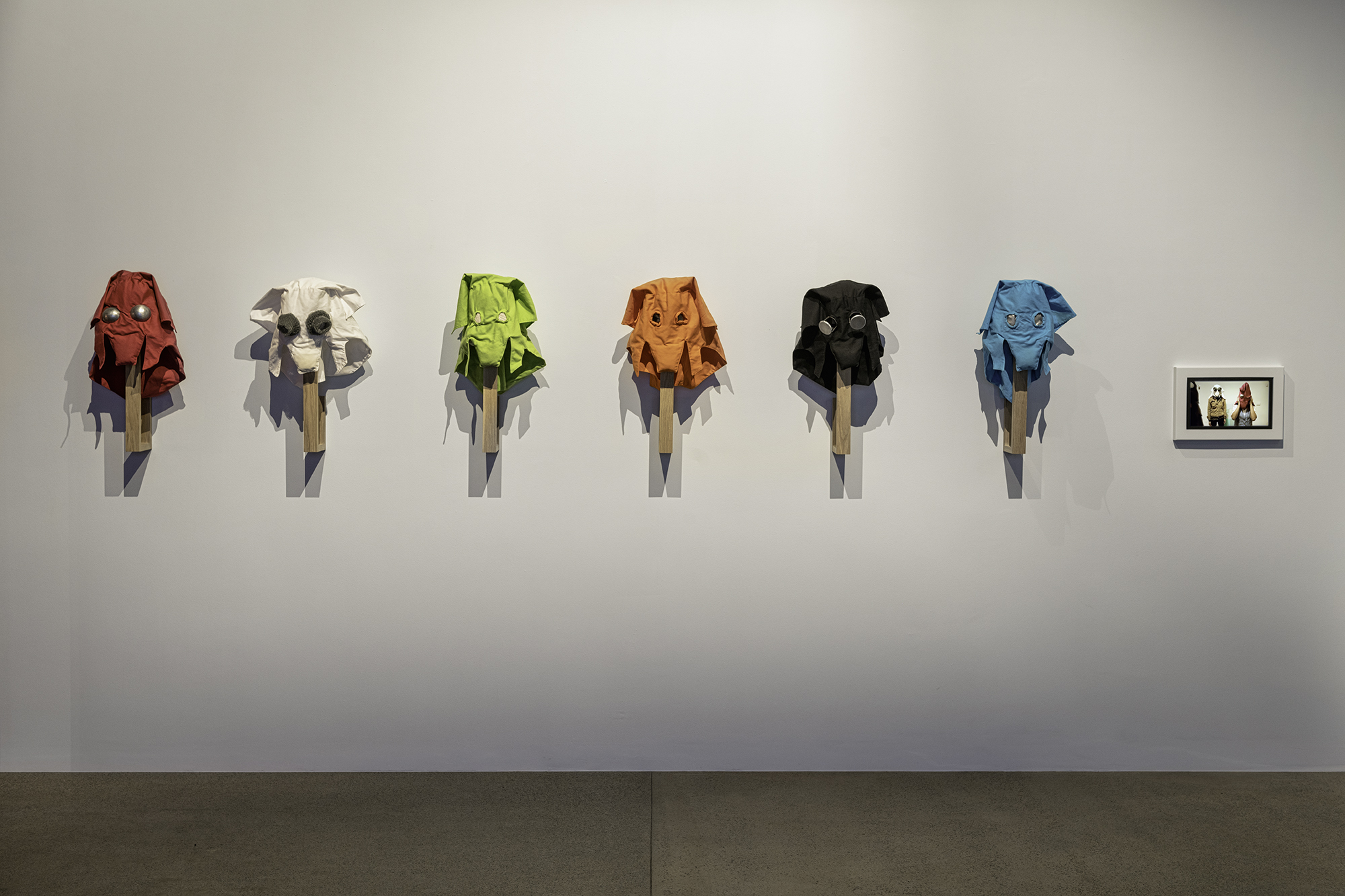
Installation view of Lygia Clark, Máscaras Sensoriasais (1967, replicas 2021).
Envisioned as a pilgrimage, Liminal Identities in the Global South, consists of a physical, temporal, sonic and inward, reflective transformation embodying a peregrination. The exhibition incorporates archival and non-art materials in dialogue with late-modernist and contemporary artworks and architecture — beginning with the natural world and moving towards the transcendent.
Some of Moten’s critical musing are resurrected in thinking whispers as I move through the show, both on the first and second visit, one of them being an antidote he shares with The New Yorker writer David S. Wallace about his impassioned dislike of Mayonnaise:
I think mayonnaise has a complex relation to the sublime and I think emulsion does generally. It’s something about the intermediary — I don’t know — place, between being solid and being a liquid, that has a weird relation to the sublime, in the sense that the sublimity of it is in the indefinable nature of it. It’s liminal, and it connects to the body in a certain way. Anyway, mostly I just don’t fucking like it.
There is a quivering, all consuming uncomfortability to states of in-betweenness, many of us “just don’t fucking like [them]. Or perhaps, I’m speaking from a place of subjective embodied and affective experience.

Installation view of Movement III, showing Bernie Searle, Shimmer (2012 – 2013).
With the works of participating artists Jane Alexander, Lino Bo Bardi, Lygia Clark, Kamala Ibrahim Ishag, Kapwani kiwanga, Ana Mendieta, Lygia Pape, Bernie Searle and Sumayya Vally/Counterspace — the show’s curatorial body takes form in the shape of five sections: PRELUDE ANDANTE (MODERATE) A time of becoming, REQUIM LACRIMOSO (TEARFULLY) The event of the pandemic, MOVEMENT ALLEGRO (LIVELY) The present time, MOVEMENT LENTO (SLOWLY) The temporal nature of things and MOVEMENT III (GRACEFULLY + CRESCENDO) Eternal time.
For the LIGS exhibition, the curator is more akin to a conductor and the exhibition is analogous to a symphony in which there are different movements, tempos and harmonies. In this way, each chapter of the exhibition becomes a movement, with a specific tempo. Lino Bo Bardi’s articulation of time is relevant here: ‘Linear time is a western invention; time is not linear, it is a marvelous entanglement…without beginning and end’. (JCAF).
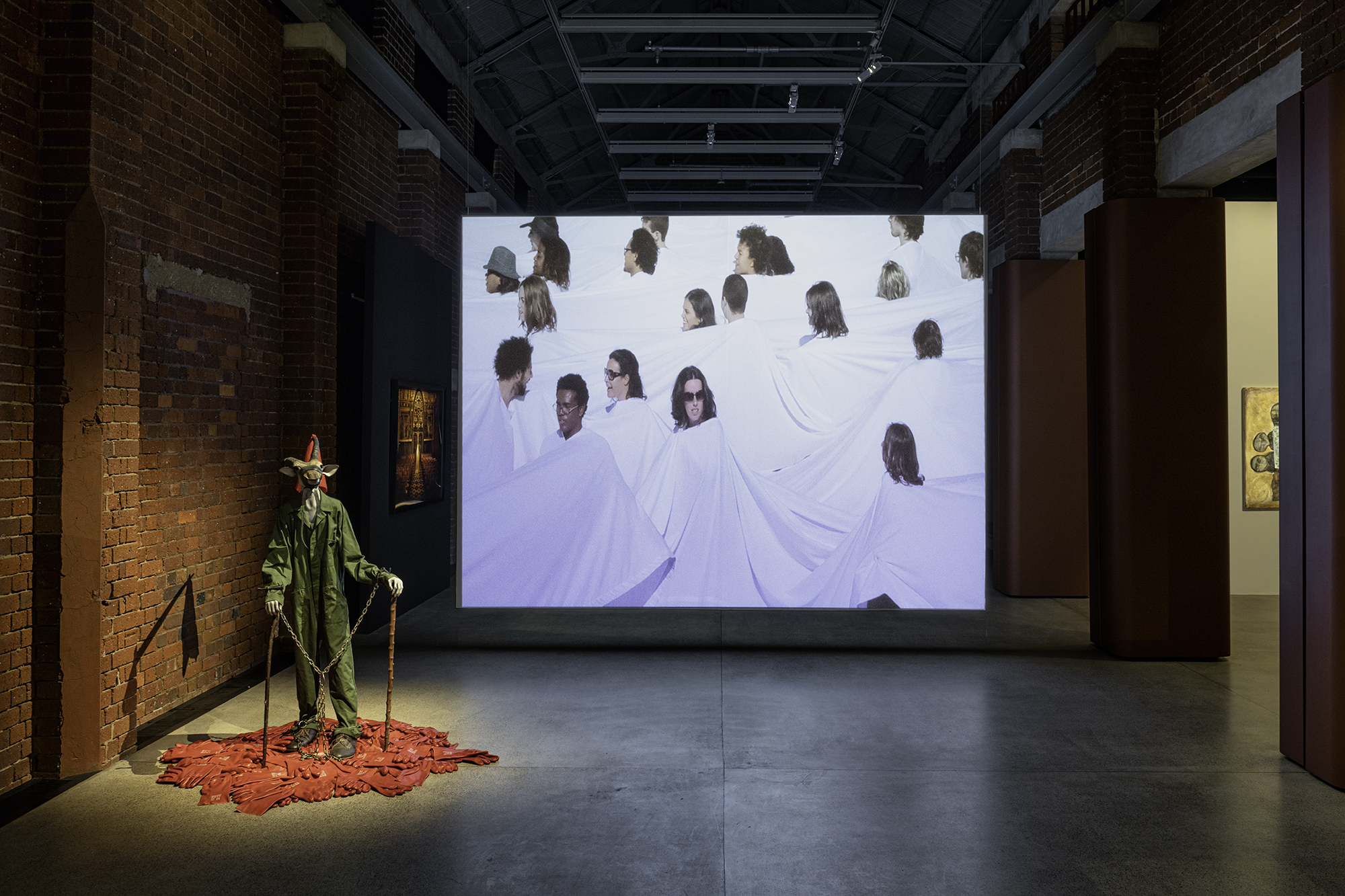
Installation view of Movement I, from left: Jane Alexander, Harbinger in correctional uniform (2006), Lygia Pape, Divisor (1968).
Much like memory and non-western conventions of time, Liminal Identities of the Global South, the heterogeneous forms of expression across art, architecture and music that make up its material body, the meditations/considerations that make up its conceptual body and its layered curatorial body — disrupt logics of concrete coherence.
Much like liminality and states of in-betweenness. Much like making life within a changed and changing world. Much like Grief and Faith.
Liminal Identities in the Global South (LIGS) will be on show until 28 February 2022 at The Joburg Contemporary Art Foundation (JCAF).
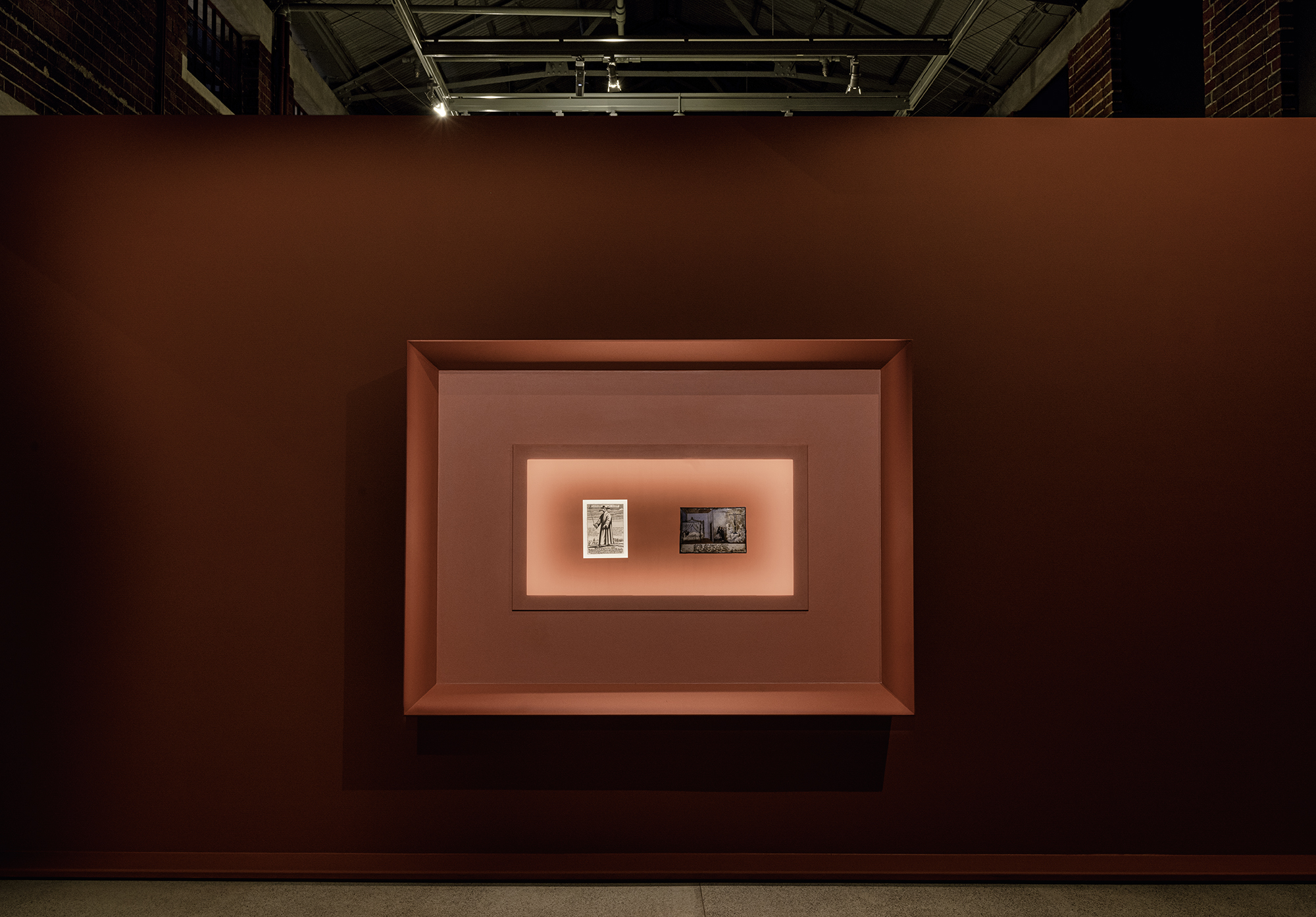
Installation view of Requiem, from left: Paulus Fürst, Doctor Schnabel von Rom, Kleidung wider den Tod zu Rom(1665); Artist unrecorded, Lonely Soul Ex-Voto (19th Century).
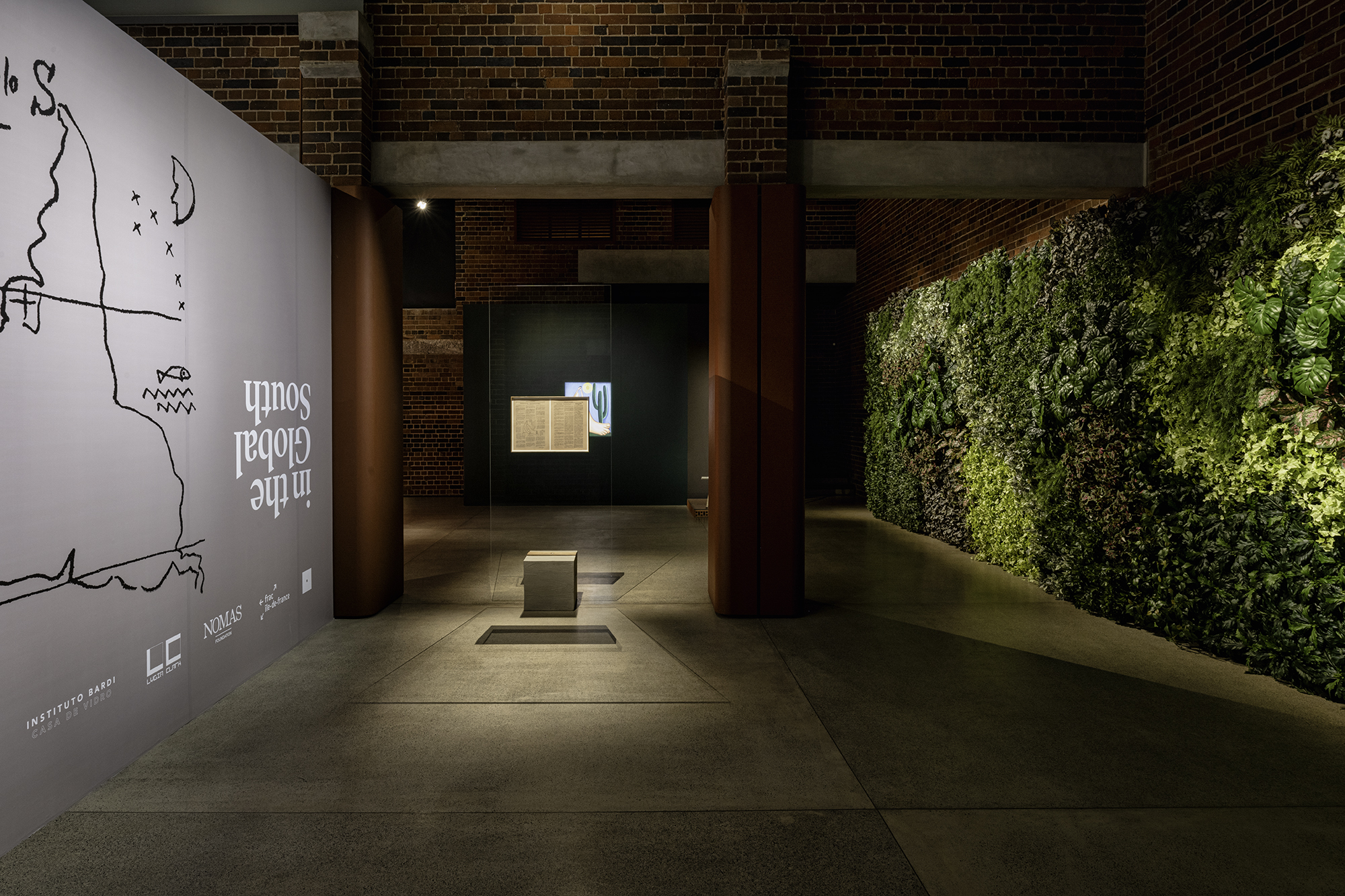
Installation view of exhibition entrance and Prelude, including Lino Bo Bardi, Glass Easel (1968) and Oswald de Andrade, Manifesto Antropófago (1928) with Tarsila do Amaral, Abaporu (1928) in the background.


